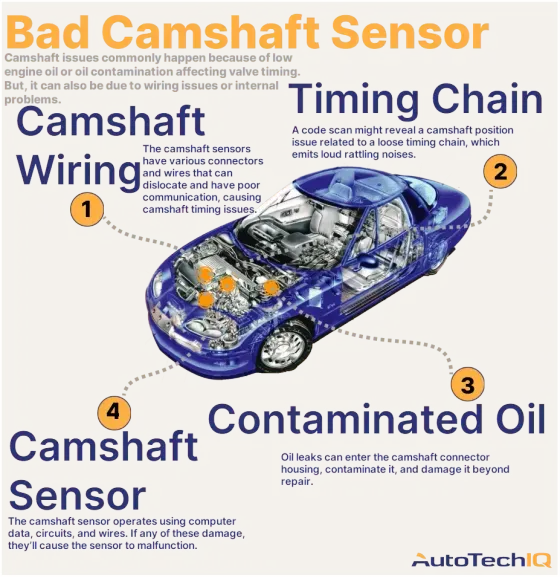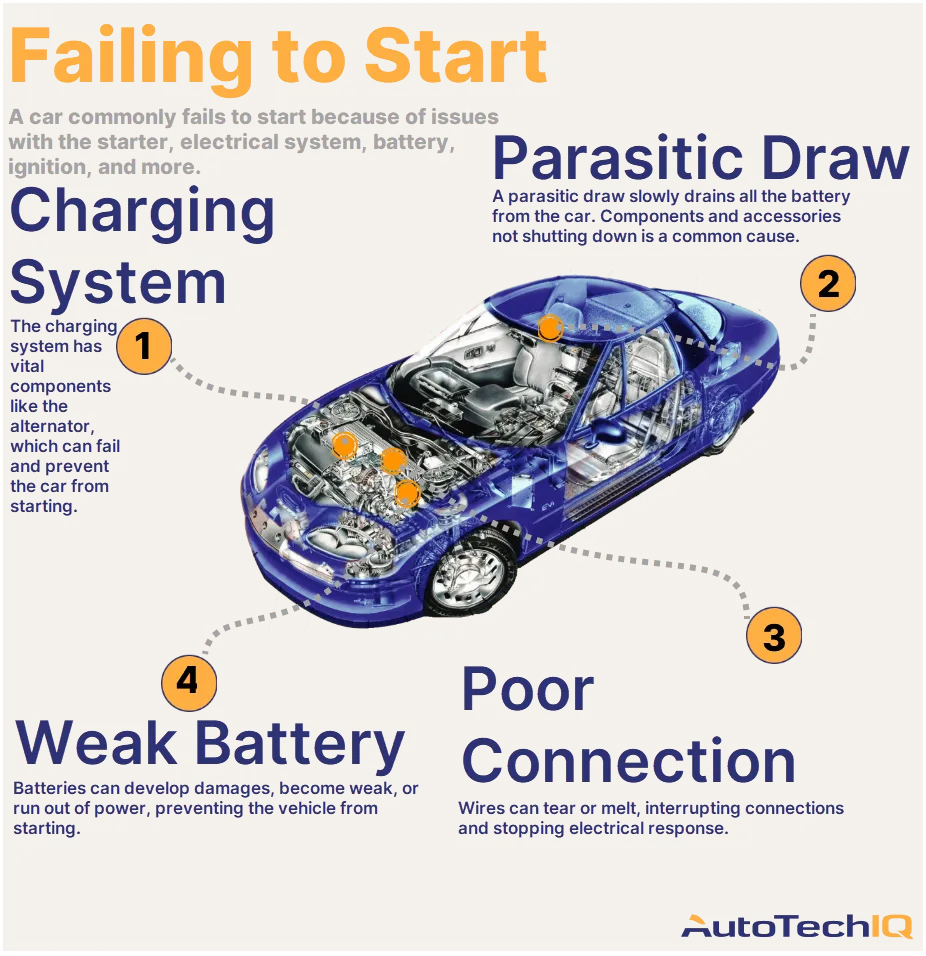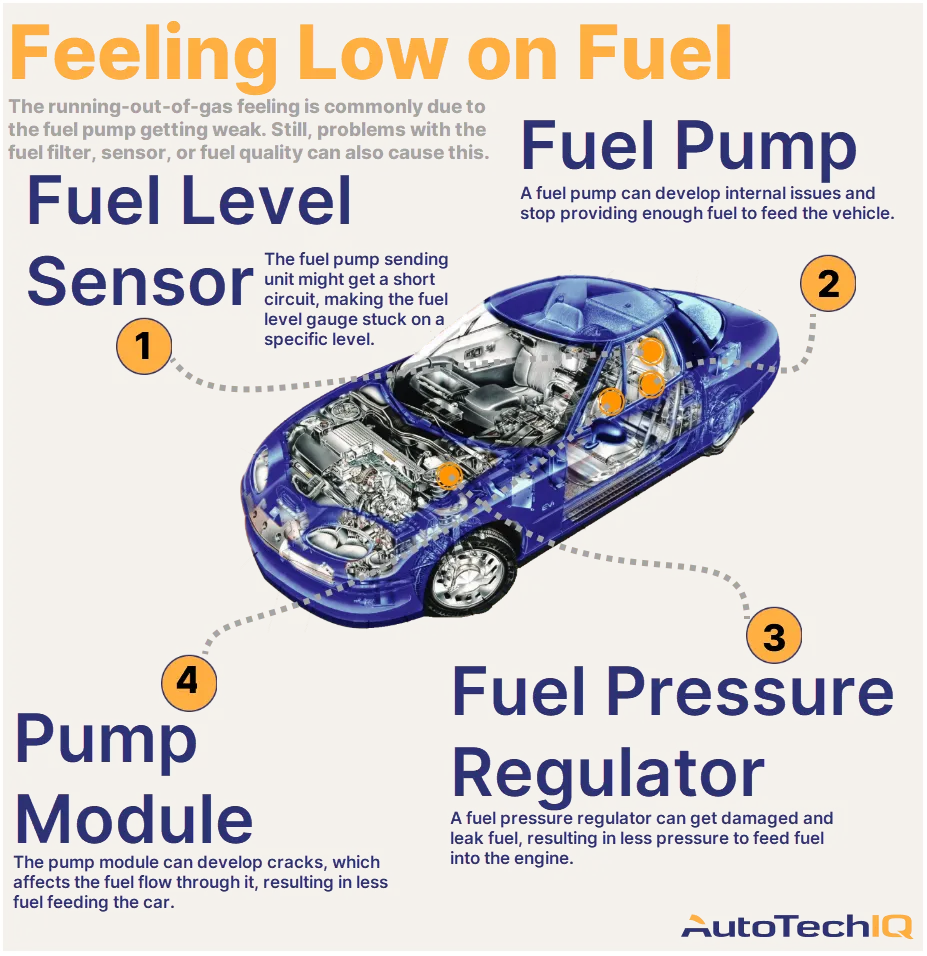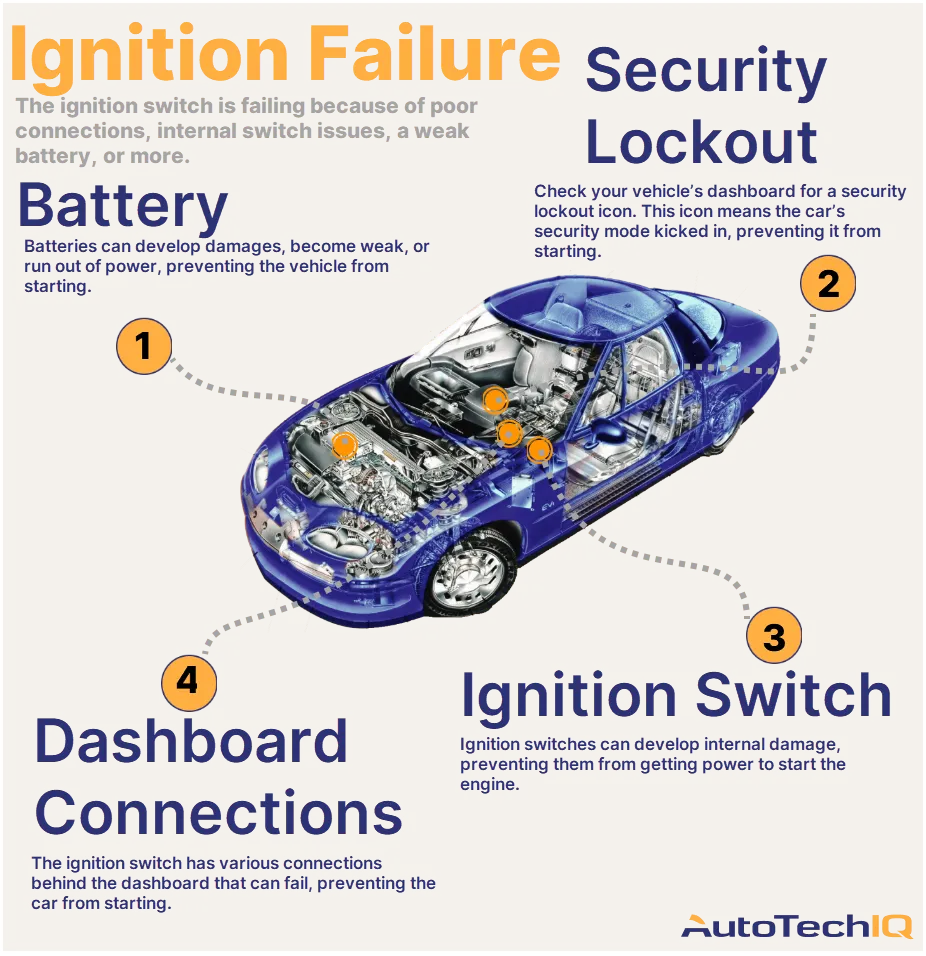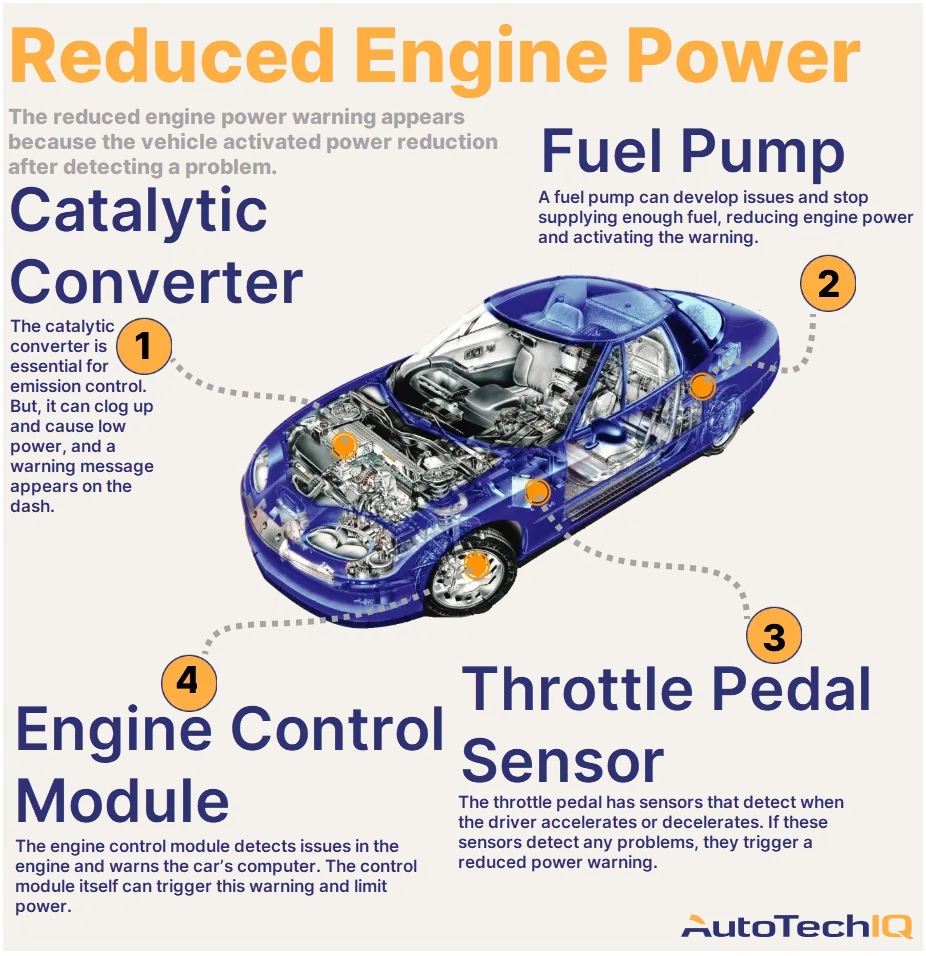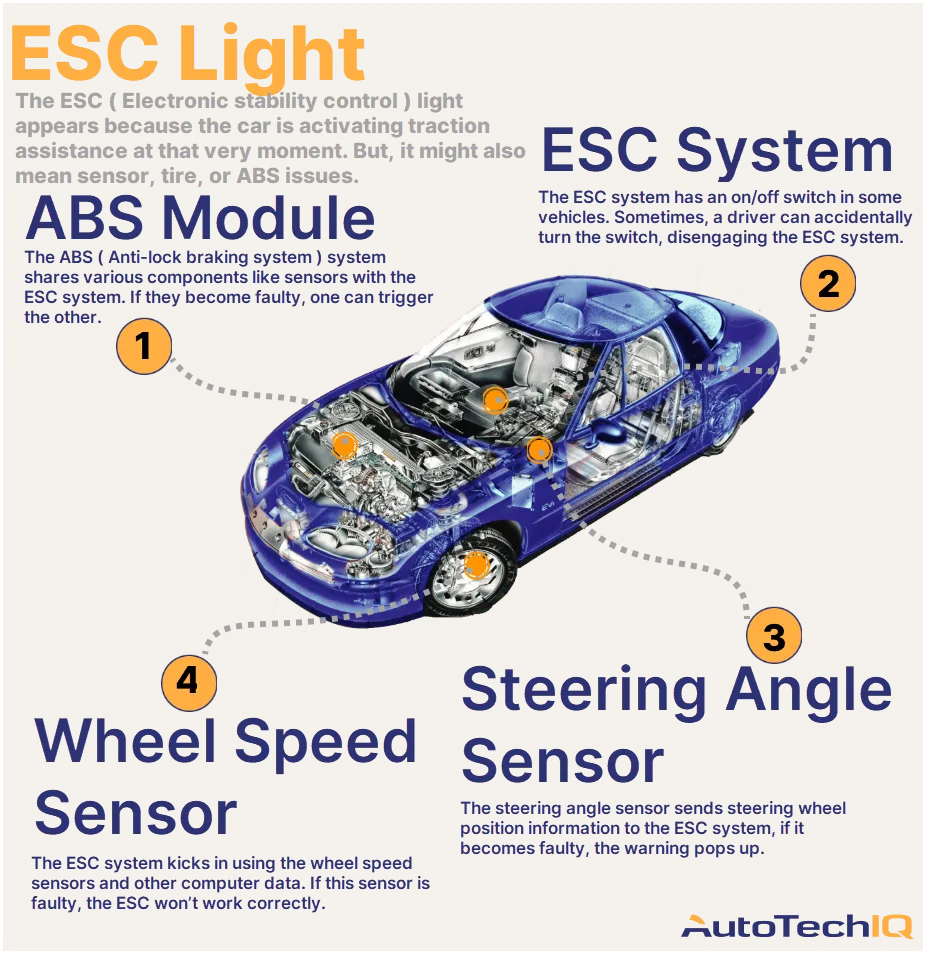Transparency example in a faulty camshaft service
An oil and combustion system inspection is the most transparent process to understand why your vehicle’s camshaft is faulty. This is because many components surrounding the camshaft sensor and combustion system components can have a say in the issue, indicating the real culprits that caused it all.
Let’s read an example of how this kind of inspection helps to service a low engine oil issue, fixing a camshaft-related problem.
The customer brought in their vehicle because its fuel efficiency worsened. They used to get 28 miles per gallon, but now it decreased to 22. They weren't sure if it was bad-quality gas or if they needed a tune-up.
On the test drive, the technician noticed that the vehicle was 8,000 miles overdue for an oil change. They also noticed that the check engine light was on the dashboard.
During the vehicle health inspection, the technician found a low oil level, which was slightly blackish on the dipstick. They did a scan, discovering a cam position timing-related error code over advanced or system performance.
The technician recommended changing the oil, flushing the engine, and clearing the codes to eliminate the problem. They also used a scan tool after the oil change to verify if the computer could now control the timing change for the best fuel mileage.

In this case, the mechanic put the “Immediate Action” tag on the fuel pump.
